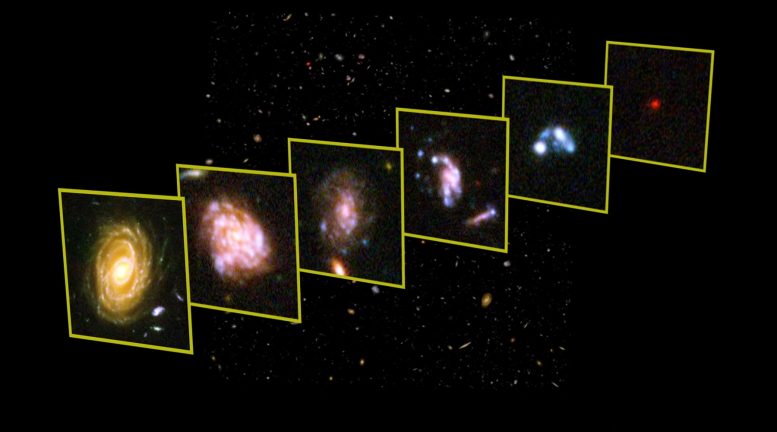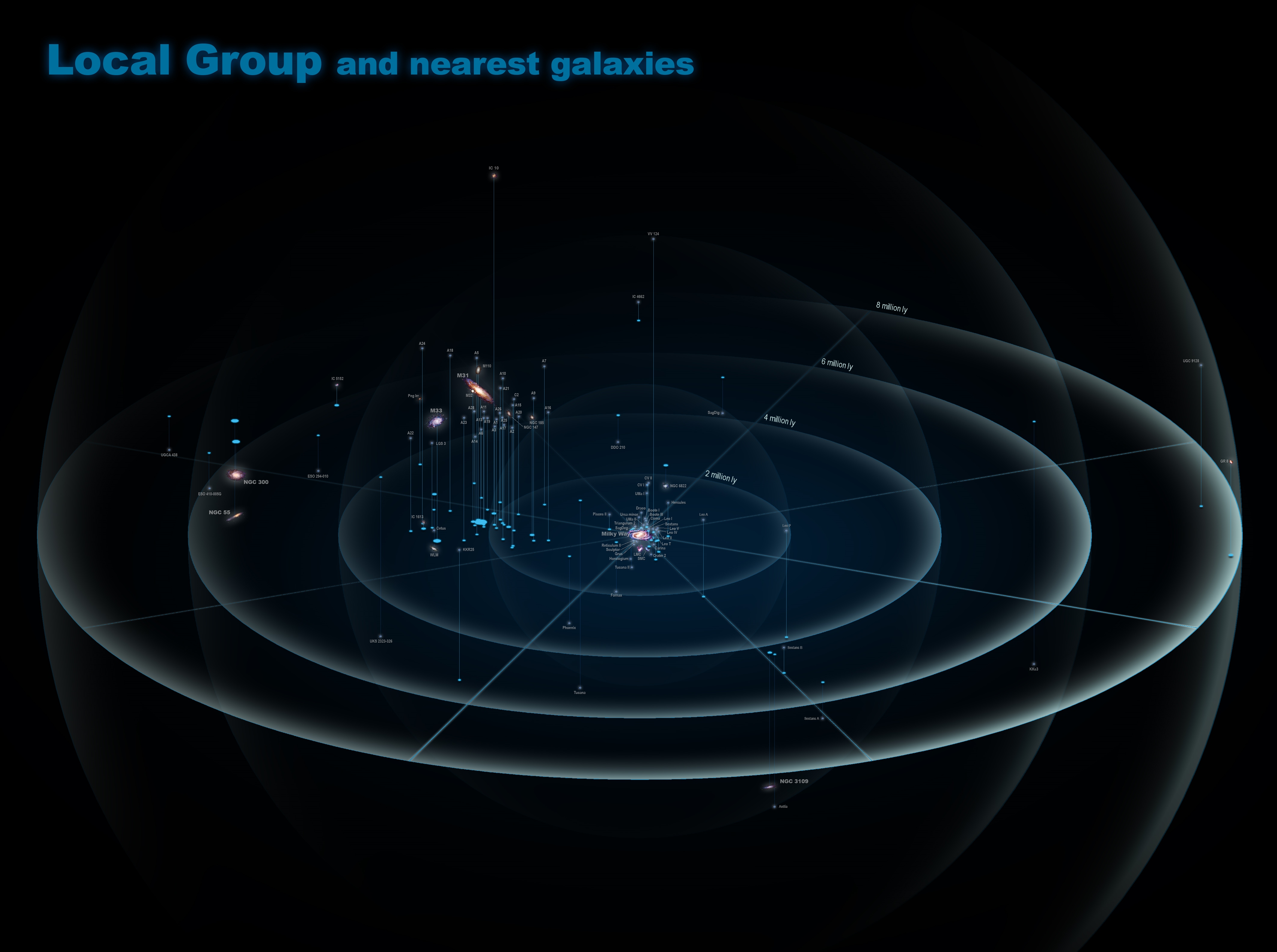Key Takeaways:
- The observable universe is filled with trillions of galaxies, expanding away from us due to the universe’s expansion since the Big Bang.
- Despite advancements in technology and deep-space observation, most galaxies are already permanently unreachable by humanity.
- Dark energy plays a significant role in the universe’s expansion, leading to the continued acceleration of galaxies moving away from each other.
- The boundary for reachable galaxies is around 18 billion light-years away, with only 6% of presently observable galaxies within our reach.
- Over time, more galaxies become unreachable, leaving only our Local Group, which includes the Milky Way and Andromeda, within our reach.

Exploring the vast expanse of the universe, astronomers continue to unlock its mysteries, pushing the boundaries of our understanding. The observable universe, spanning up to 46.1 billion light-years away, dazzles with trillions of galaxies drifting through the cosmos. Yet, despite technological marvels like the Hubble Space Telescope and ALMA, the dream of exploring every corner of this cosmic expanse remains elusive.

Astronomers have peered into the deepest reaches of space, revealing galaxies that existed mere moments after the Big Bang. The Hubble eXtreme Deep Field (XDF) captured a slice of the universe, uncovering 5,500 galaxies within a fraction of the observable sky. However, 90% of galaxies, shrouded in darkness or obscured by distance, evade our grasp, forever out of reach.

As the universe expands, galaxies recede from each other, driven by an enigmatic force known as dark energy. This cosmic accelerator propels galaxies beyond the confines of our observable universe, pushing them beyond the reach of even light itself. Despite the gradual slowdown in the expansion rate, dark energy ensures a relentless outward journey for celestial bodies.

Galaxies beyond a certain distance, approximately 14.5 billion light-years away, slip beyond our grasp at speeds surpassing that of light. ALMA’s observations of carbon monoxide gas in the Hubble Ultra Deep Field offer tantalizing glimpses of unseen galaxies, forever distant yet eternally present in our cosmic vision.

The expanding universe presents a paradox: while light from distant galaxies eventually reaches us, the galaxies themselves drift beyond the horizon of reachability. A boundary, roughly 18 billion light-years away, marks the limit of our cosmic exploration, leaving 94% of observable galaxies beyond our grasp.

With each passing year, billions of stars join the ranks of the unreachable, destined to fade into the cosmic backdrop. Even the nearest galactic neighbors, like those in the M81 group, will succumb to the inexorable pull of cosmic expansion, drifting beyond the reach of humanity after billions of years.

Amidst this vast expanse, our Local Group stands as a beacon of familiarity. Dominated by the Milky Way and Andromeda, this cluster of galaxies remains within our reach, offering a glimpse of cosmic companionship in an otherwise unreachable universe.
As astronomers continue to chart the depths of space, the quest to understand our place in the cosmos persists. Despite the challenges posed by distance and dark energy, humanity’s curiosity knows no bounds, driving us ever onward in our exploration of the universe’s mysteries.


